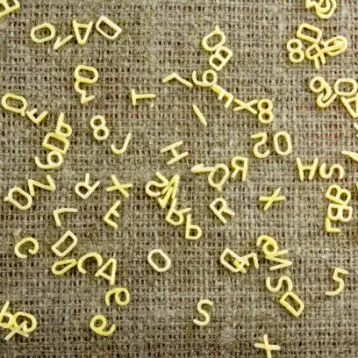The Pebble’s shape was chosen by Pandelle because she wanted to “combine the natural aspect of a pebble warmed by the sun and the efficiency of photovoltaic cells.” Pandelle explains that she intends to minimize the gap between our increasingly high-tech environment and our practical needs.
The Pebble’s base contains an induction heating device, which heats the food by creating an electromagnetic field between the coil and the metal container, providing almost instantaneous heat transfer. The heating stops as soon as the container is removed.
The spray-on solar cells technology, which allows any surface to be converted into a solar cell, is currently under development at the University of Toronto. These solar cells can produce energy even on a cloudy day, thanks to their sensitivity to both visible and non-visible solar radiation.
As Pandelle explains: “With this product, I intend to introduce solar technology, which is considered utopian by a lot of people, into our everyday environment. The Pebble is conceived to coexist with other electrical appliances, it doesn’t pretend to replace them, but it does challenge the way we use them.”
TFOT recently covered the Zephyr, a small aircraft propelled by solar energy, and the Solar Concentrator ‘green’ race car. TFOT also covered other developments in the field of solar cells, including new Organic Solar Cells, Sphelar – spherical solar cells, and the Heliotube solar concentrator.
More information on the Pebble is available here (PDF).










